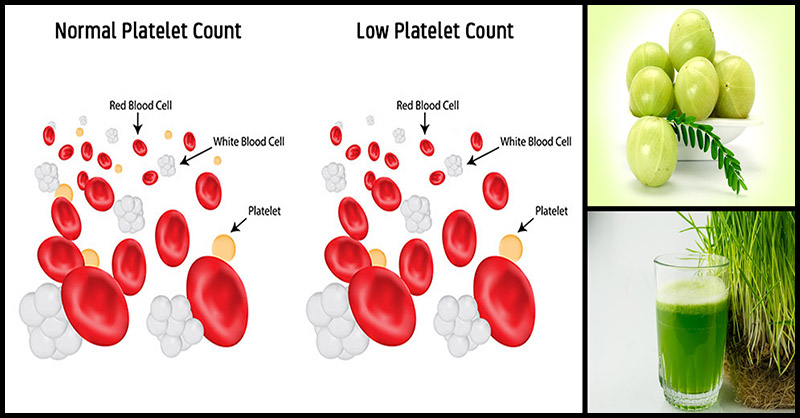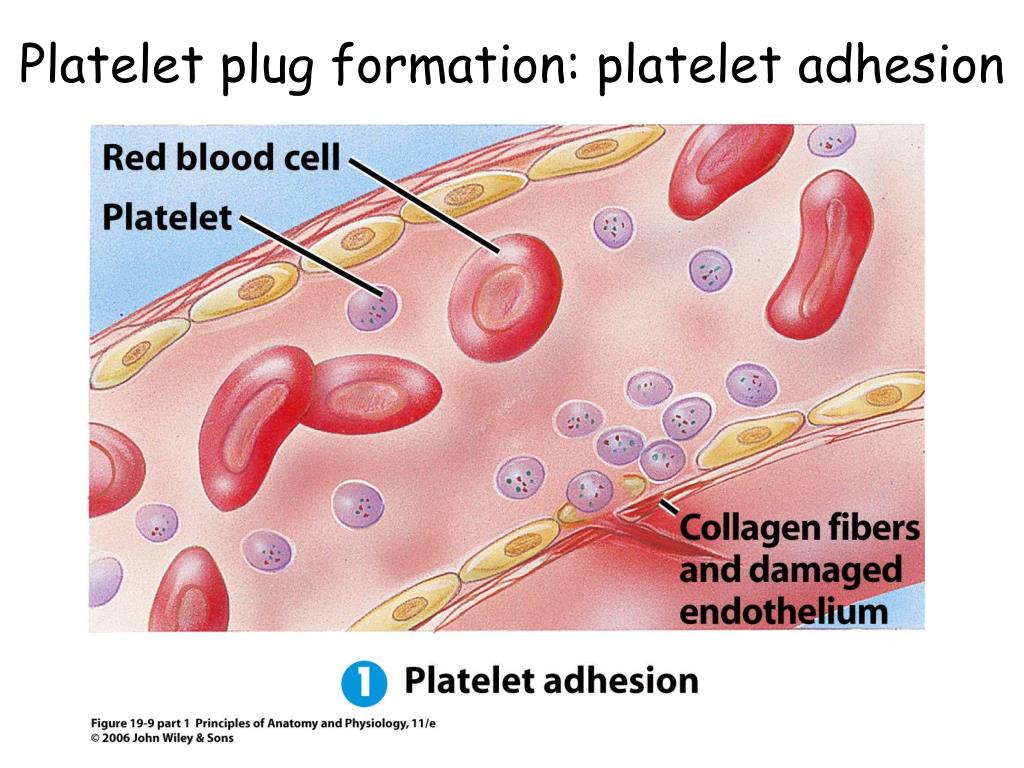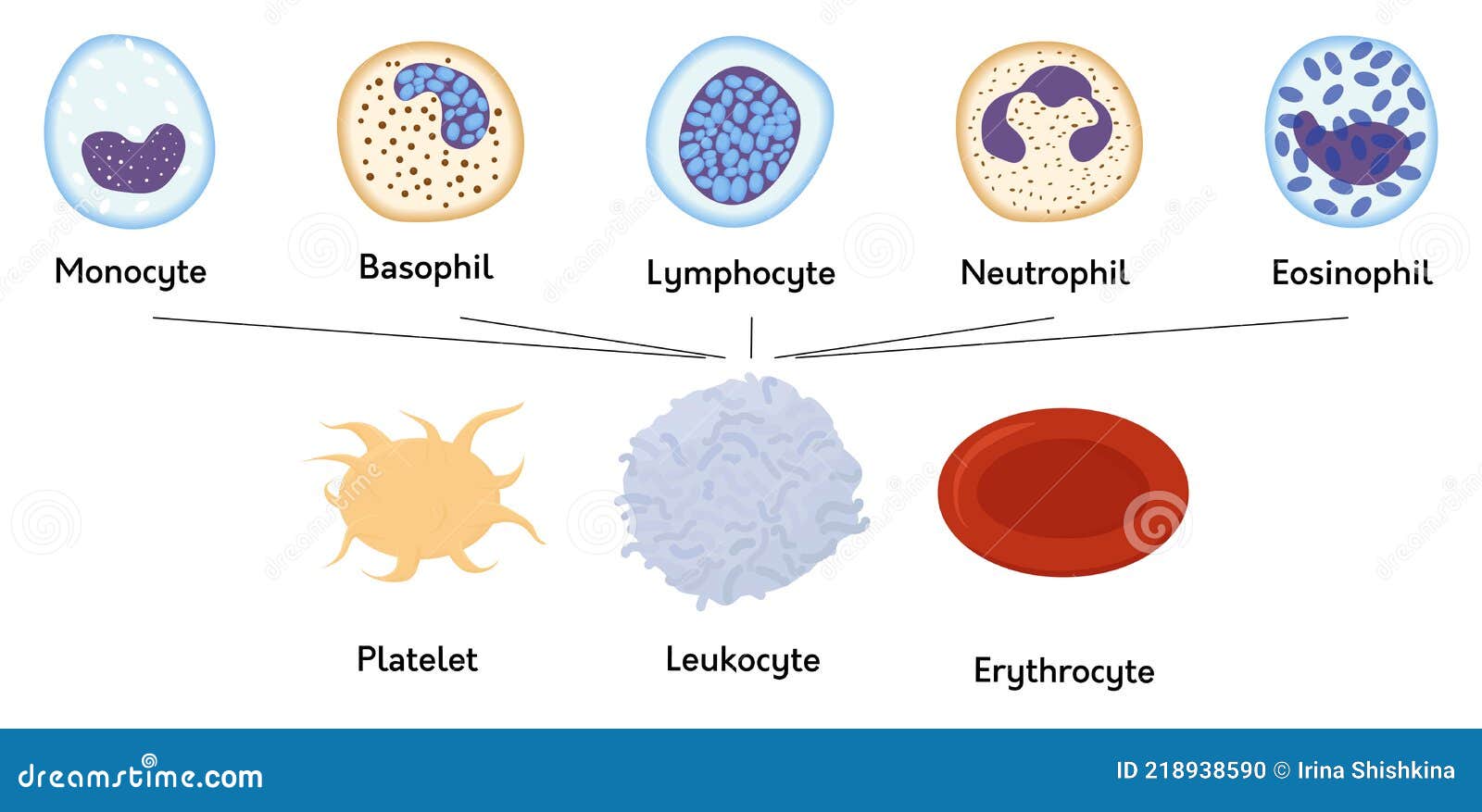Polycythemia Vera: Understanding Elevated RBC and Platelets
What are the symptoms of polycythemia vera. How is polycythemia vera diagnosed. What causes polycythemia vera. Who is at risk for developing polycythemia vera. What complications can arise from polycythemia vera. How is polycythemia vera treated. Can polycythemia vera be prevented.
What is Polycythemia Vera?
Polycythemia vera (PV) is a rare blood cancer that affects the bone marrow’s ability to produce blood cells. In this condition, the bone marrow produces an excessive amount of red blood cells, leading to a thickening of the blood. This increased blood viscosity can result in serious complications, including blood clots.
PV is a slow-progressing disease that often goes undetected for years. Many individuals may have the condition without experiencing noticeable symptoms. In fact, it’s not uncommon for PV to be discovered incidentally during routine blood tests performed for other reasons.
Key Characteristics of Polycythemia Vera
- Excessive production of red blood cells
- Thickened blood
- Slow blood flow
- Increased risk of blood clots
- Gradual onset of symptoms
Recognizing the Symptoms of Polycythemia Vera
While many individuals with polycythemia vera may be asymptomatic, others may experience a range of symptoms. These can vary from vague, general discomfort to more specific manifestations.

Common Symptoms of Polycythemia Vera
- Headaches
- Dizziness
- Fatigue
- Blurred vision
- Itchiness, particularly after bathing or showering
- Numbness or tingling in extremities
- Abdominal discomfort and early satiety
- Unusual bleeding (e.g., nosebleeds, bleeding gums)
- Joint pain, often in the big toe
- Shortness of breath, especially when lying down
Do these symptoms always indicate polycythemia vera? No, these symptoms can be associated with various other conditions. However, if you experience a combination of these symptoms, especially if they persist or worsen over time, it’s crucial to consult a healthcare professional for proper evaluation.
The Underlying Causes of Polycythemia Vera
At its core, polycythemia vera is caused by a genetic mutation that affects blood cell production. This mutation typically occurs in the JAK2 gene, which plays a crucial role in regulating blood cell development.
The Role of Genetic Mutation
In polycythemia vera, the mutated JAK2 gene leads to an overproduction of blood cells, particularly red blood cells. This mutation is not inherited from parents but occurs spontaneously during a person’s lifetime. The exact trigger for this mutation remains unknown, highlighting the complexity of the disease.

How does this genetic mutation affect blood cell production? The JAK2 mutation causes the bone marrow to become hypersensitive to erythropoietin, a hormone that stimulates red blood cell production. As a result, the bone marrow produces an excess of red blood cells, even when the body doesn’t need them.
Risk Factors and Prevalence of Polycythemia Vera
While polycythemia vera can affect individuals of any age, certain demographic groups are at higher risk of developing the condition.
Age and Gender Considerations
- Most common in adults aged 50-75
- More prevalent in men
- Women tend to develop PV at younger ages
Is polycythemia vera a common disease? No, it’s considered a rare condition. The exact prevalence varies by region, but it’s estimated to affect about 0.6 to 1.6 per 100,000 people annually.
Potential Complications of Polycythemia Vera
If left untreated, polycythemia vera can lead to several serious complications that can significantly impact a person’s health and quality of life.

Major Complications
- Blood Clots: The increased blood thickness and abnormalities in platelets raise the risk of blood clots, which can lead to stroke, heart attack, or blockages in arteries or veins.
- Enlarged Spleen: The spleen may become enlarged as it works harder to filter the increased number of blood cells.
- Peptic Ulcers: High levels of red blood cells can lead to open sores in the stomach, small intestine, or esophagus.
- Gout: Inflammation in joints, often due to high levels of uric acid associated with increased cell turnover.
- Progression to Other Blood Disorders: In rare cases, PV can evolve into more severe blood diseases, including myelofibrosis or acute leukemia.
Can these complications be prevented? While not all complications can be completely avoided, proper management and treatment of polycythemia vera can significantly reduce the risk of these serious outcomes.
Diagnosis and Evaluation of Polycythemia Vera
Diagnosing polycythemia vera often involves a combination of clinical evaluation, blood tests, and genetic analysis. The process typically begins when routine blood work reveals abnormally high levels of red blood cells.

Diagnostic Approach
- Complete Blood Count (CBC): This test measures the levels of red blood cells, white blood cells, and platelets. In PV, all these values are typically elevated.
- Erythropoietin Level: Low levels of this hormone can indicate PV, as the body tries to suppress red blood cell production.
- Bone Marrow Biopsy: This procedure can confirm the diagnosis by revealing increased cell production in the bone marrow.
- Genetic Testing: Identifying the JAK2 mutation can provide a definitive diagnosis of PV.
How accurate are these diagnostic tests? While each test provides valuable information, the combination of these tests, along with clinical symptoms, offers the most accurate diagnosis. The presence of the JAK2 mutation is found in over 95% of PV cases, making it a highly reliable diagnostic marker.
Treatment Strategies for Polycythemia Vera
The treatment of polycythemia vera aims to reduce the risk of complications and manage symptoms. The approach is typically individualized based on the patient’s age, overall health, and disease severity.

Common Treatment Modalities
- Phlebotomy: Regular blood removal to reduce blood thickness and lower red blood cell count.
- Low-Dose Aspirin: To reduce the risk of blood clots.
- Hydroxyurea: A medication that suppresses bone marrow activity and reduces blood cell production.
- Interferon Alpha: This medication can help control blood cell production and is often used in younger patients or during pregnancy.
- JAK2 Inhibitors: Medications like ruxolitinib that target the underlying genetic mutation.
Is there a cure for polycythemia vera? Currently, there is no cure for PV. However, with proper management and treatment, many patients can lead normal lives with a good quality of life and reduced risk of complications.
Living with Polycythemia Vera: Lifestyle Considerations
While medical treatment is crucial, lifestyle modifications can play a significant role in managing polycythemia vera and reducing the risk of complications.
Lifestyle Recommendations
- Stay Hydrated: Adequate fluid intake helps maintain proper blood flow and reduces the risk of clots.
- Exercise Regularly: Moderate exercise can improve circulation and overall health.
- Maintain a Healthy Weight: Obesity can increase the risk of complications in PV.
- Avoid Extreme Temperatures: Very hot or cold environments can affect blood flow and exacerbate symptoms.
- Quit Smoking: Smoking increases the risk of blood clots and other cardiovascular problems.
- Manage Stress: Chronic stress can potentially worsen symptoms and overall health.
Can lifestyle changes alone manage polycythemia vera? While lifestyle modifications are beneficial, they should complement, not replace, medical treatment. A comprehensive approach combining medical care and healthy lifestyle choices offers the best outcomes for individuals with PV.
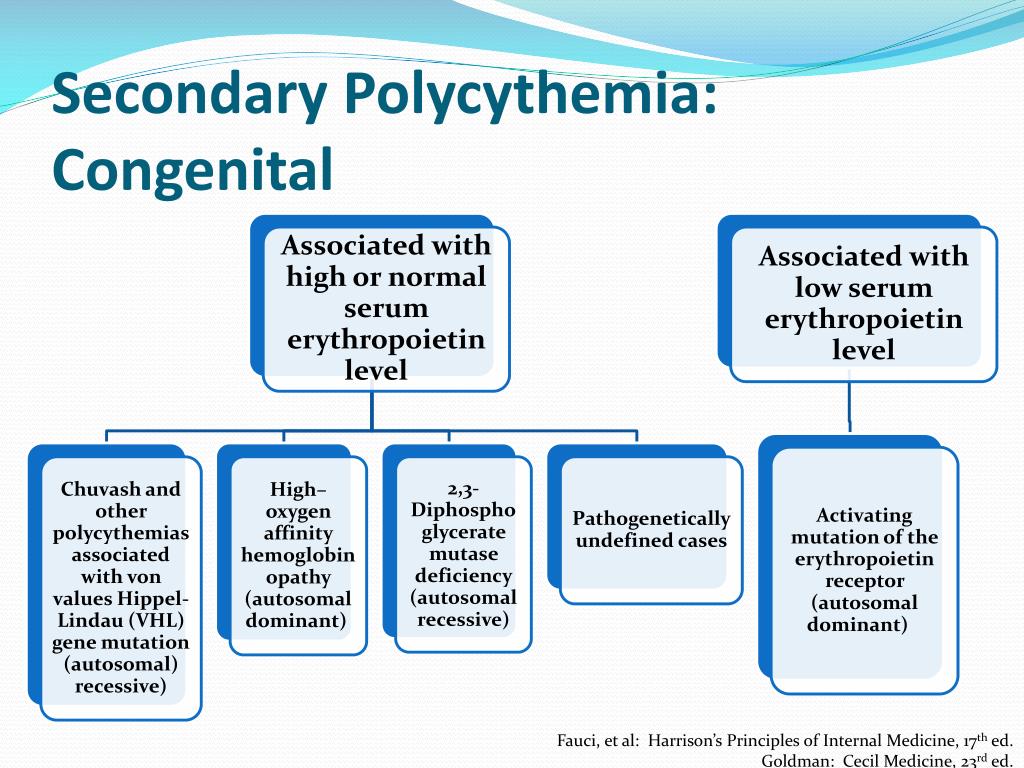
Living with polycythemia vera requires ongoing medical care and self-management. Regular check-ups, adherence to treatment plans, and awareness of potential complications are essential for maintaining health and preventing serious outcomes. With proper care and management, many individuals with PV can lead full, active lives despite their condition.
As research continues, our understanding of polycythemia vera and its treatment options continues to evolve. Emerging therapies and improved diagnostic techniques offer hope for better management and potentially more targeted treatments in the future. Staying informed about these developments and maintaining open communication with healthcare providers are key aspects of effectively managing this chronic blood disorder.
Polycythemia vera – Symptoms & causes
Overview
Polycythemia vera (pol-e-sy-THEE-me-uh VEER-uh) is a type of blood cancer. It causes your bone marrow to make too many red blood cells. These excess cells thicken your blood, slowing its flow, which may cause serious problems, such as blood clots.
Polycythemia vera is rare. It usually develops slowly, and you might have it for years without knowing. Often the condition is found during a blood test done for another reason.
Without treatment, polycythemia vera can be life-threatening. But proper medical care can help ease signs, symptoms and complications of this disease.
Products & Services
Symptoms
Many people with polycythemia vera don’t have noticeable signs or symptoms. Some people might develop vague symptoms such as headache, dizziness, fatigue and blurred vision.
More-specific symptoms of polycythemia vera include:
- Itchiness, especially after a warm bath or shower
- Numbness, tingling, burning, or weakness in your hands, feet, arms or legs
- A feeling of fullness soon after eating and bloating or pain in your left upper abdomen due to an enlarged spleen
- Unusual bleeding, such as a nosebleed or bleeding gums
- Painful swelling of one joint, often the big toe
- Shortness of breath and difficulty breathing when lying down
When to see a doctor
Make an appointment with your doctor if you have signs or symptoms of polycythemia vera.
Causes
Polycythemia vera occurs when a mutation in a gene causes a problem with blood cell production. Normally, your body regulates the number of each of the three types of blood cells you have — red blood cells, white blood cells and platelets. But in polycythemia vera, your bone marrow makes too many of some of these blood cells.
The cause of the gene mutation in polycythemia vera is unknown, but it’s generally not inherited from your parents.
Risk factors
Polycythemia vera can occur at any age, but it’s more common in adults between 50 and 75. Men are more likely to get polycythemia vera, but women tend to get the disease at younger ages.
Complications
Possible complications of polycythemia vera include:
- Blood clots. Increased blood thickness and decreased blood flow, as well as abnormalities in your platelets, raise your risk of blood clots. Blood clots can cause a stroke, a heart attack, or a blockage in an artery in your lungs or a vein deep within a leg muscle or in the abdomen.

- Enlarged spleen. Your spleen helps your body fight infection and filter unwanted material, such as old or damaged blood cells. The increased number of blood cells caused by polycythemia vera makes your spleen work harder than normal, which causes it to enlarge.
- Problems due to high levels of red blood cells. Too many red blood cells can lead to a number of other complications, including open sores on the inside lining of your stomach, upper small intestine or esophagus (peptic ulcers) and inflammation in your joints (gout).
- Other blood disorders. In rare cases, polycythemia vera can lead to other blood diseases, including a progressive disorder in which bone marrow is replaced with scar tissue, a condition in which stem cells don’t mature or function properly, or cancer of the blood and bone marrow (acute leukemia).
Polycythemia vera – Symptoms & causes
Overview
Polycythemia vera (pol-e-sy-THEE-me-uh VEER-uh) is a type of blood cancer. It causes your bone marrow to make too many red blood cells. These excess cells thicken your blood, slowing its flow, which may cause serious problems, such as blood clots.
It causes your bone marrow to make too many red blood cells. These excess cells thicken your blood, slowing its flow, which may cause serious problems, such as blood clots.
Polycythemia vera is rare. It usually develops slowly, and you might have it for years without knowing. Often the condition is found during a blood test done for another reason.
Without treatment, polycythemia vera can be life-threatening. But proper medical care can help ease signs, symptoms and complications of this disease.
Products & Services
Symptoms
Many people with polycythemia vera don’t have noticeable signs or symptoms. Some people might develop vague symptoms such as headache, dizziness, fatigue and blurred vision.
More-specific symptoms of polycythemia vera include:
- Itchiness, especially after a warm bath or shower
- Numbness, tingling, burning, or weakness in your hands, feet, arms or legs
- A feeling of fullness soon after eating and bloating or pain in your left upper abdomen due to an enlarged spleen
- Unusual bleeding, such as a nosebleed or bleeding gums
- Painful swelling of one joint, often the big toe
- Shortness of breath and difficulty breathing when lying down
When to see a doctor
Make an appointment with your doctor if you have signs or symptoms of polycythemia vera.
Causes
Polycythemia vera occurs when a mutation in a gene causes a problem with blood cell production. Normally, your body regulates the number of each of the three types of blood cells you have — red blood cells, white blood cells and platelets. But in polycythemia vera, your bone marrow makes too many of some of these blood cells.
The cause of the gene mutation in polycythemia vera is unknown, but it’s generally not inherited from your parents.
Risk factors
Polycythemia vera can occur at any age, but it’s more common in adults between 50 and 75. Men are more likely to get polycythemia vera, but women tend to get the disease at younger ages.
Complications
Possible complications of polycythemia vera include:
- Blood clots. Increased blood thickness and decreased blood flow, as well as abnormalities in your platelets, raise your risk of blood clots. Blood clots can cause a stroke, a heart attack, or a blockage in an artery in your lungs or a vein deep within a leg muscle or in the abdomen.

- Enlarged spleen. Your spleen helps your body fight infection and filter unwanted material, such as old or damaged blood cells. The increased number of blood cells caused by polycythemia vera makes your spleen work harder than normal, which causes it to enlarge.
- Problems due to high levels of red blood cells. Too many red blood cells can lead to a number of other complications, including open sores on the inside lining of your stomach, upper small intestine or esophagus (peptic ulcers) and inflammation in your joints (gout).
- Other blood disorders. In rare cases, polycythemia vera can lead to other blood diseases, including a progressive disorder in which bone marrow is replaced with scar tissue, a condition in which stem cells don’t mature or function properly, or cancer of the blood and bone marrow (acute leukemia).
The level of erythrocytes in the blood is increased – what problems can this indicate
- Health
The diagnostician explained what disorders and diseases this may be associated with, and why, in order to bring the tests back to normal, you need to walk more in the fresh air and drink enough water.
July 5, 2022
- Source:
- iStockphoto
The results of the analyzes are deciphered by the doctor, he can draw the right conclusions about possible problems in your body based on all the indicators. But you always want to understand in advance how serious the situation is. Take, for example, erythrocytes. What do their high scores mean? And what do they influence?
– Red blood cells are oxygen-carrying cells, – explained Olga Malinovskaya, doctor of clinical laboratory diagnostics, head of the medical department of the KDL laboratory network. “In perfect condition, they are of medium size, sufficiently iron-rich, with the correct shape of a biconcave disc.
Usually, all erythrocyte parameters of interest to the doctor are indicated in the complete blood count. The most indicative is the number of red blood cells in 1 liter of blood. For example, in anemia, the amount is reduced along with the amount of hemoglobin. Another parameter is the average erythrocyte volume – MCV.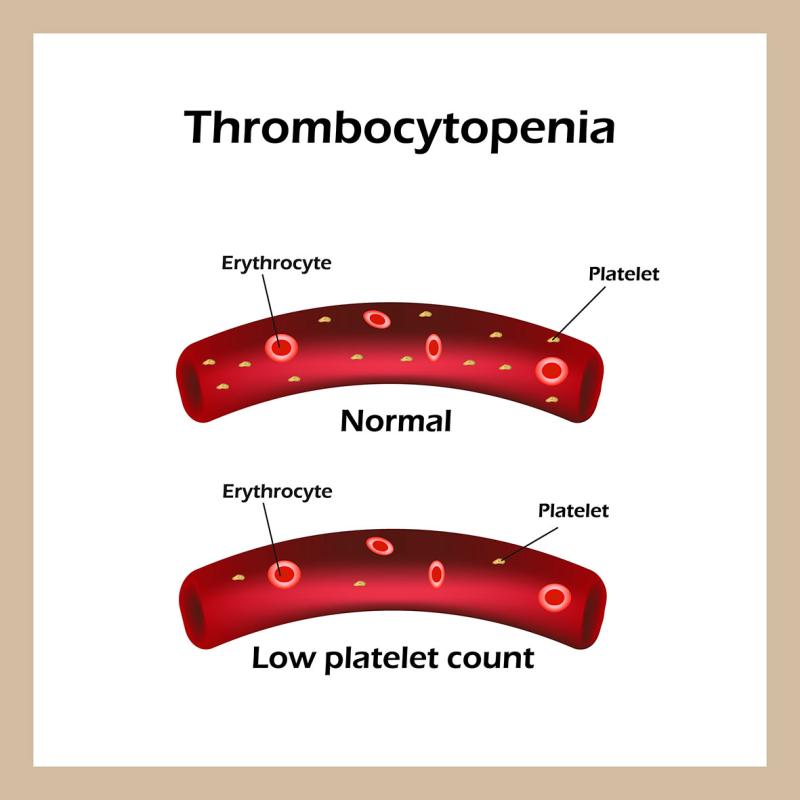
– It decreases with iron deficiency anemia, increases with anemia associated with a lack of vitamin B12 or folic acid, doctor Malinovskaya explains the changes in the parameters.
Read also
Red blood cells deliver oxygen, which we inhale to all organs and tissues of the body, and take away carbon dioxide, which we then exhale. Red blood cells live in the body for about four months, then they are destroyed.
— The hematopoietic system maintains a constant number of red blood cells in the bloodstream, — said Olga Malinovskaya. — More often patients encounter with a decrease in the number of red blood cells – anemia, but there are diseases and conditions when the number of red blood cells increases.
Dehydration
This is the most common cause of slightly elevated red blood cells.
– If it’s hot outside, you came to donate blood on an empty stomach and haven’t drank water since the evening, then with a high probability you will get slightly elevated hemoglobin, erythrocyte and hematocrit values, the doctor explained.
See also
Difficult external conditions
Doctors observe an increase in erythrocytes in the blood of residents of high-mountainous regions and regions of the far north. And this is a normal story, people can have red blood cells and hemoglobin slightly above normal due to the adaptation of body systems to harsh external conditions.
Polycythemia
The condition is due to the fact that the cells of the bone marrow produce an excessive amount of red blood cells. Also, other cells will be increased in the analysis – platelets and leukocytes. Blood becomes thicker , viscous, there is a risk of blood clots that can clog blood vessels and disrupt blood supply.
See also
Increasing the amount of erythropoietin
This substance is synthesized in the kidneys and stimulates the production of red blood cells by bone marrow cells.
– The body increases the production of erythropoietin when it considers that the body lives in conditions of lack of oxygen in order to provide all organs and tissues with more oxygen, – explained diagnostician Olga Malinovskaya.
Frequently elevated red blood cells can be in heavy smokers , people with chronic obstructive pulmonary disease , with heart defects and those who live in unfavorable environmental conditions.
Kidney disease
Elevated red blood cells are common in people with kidney disease.
– The fact is that they have a violation of the blood supply – narrowing of the renal arteries, tumors or cysts that compress the vascular pedicle of the kidney, – Malinovskaya clarified.
Text author: Alena Bezmenova
Increased platelets in a child: causes, symptoms, treatment
Having found an elevated platelet level in a child’s blood test, many parents naturally begin to panic. Svetlana Gelfer, a pediatrician at the K+31 clinic, spoke in her Gazeta.Ru column about the causes of an increase in platelets and what parents should do with such an indication.
What are platelets and what functions do they perform in the body?
Platelets are blood cells that form in the bone marrow. They are involved in the process of blood clotting, their main function is to stop all kinds of bleeding in the body and “repair” damage to blood vessels, forming clots. These clots protect the walls of blood vessels while they are being repaired.
They are involved in the process of blood clotting, their main function is to stop all kinds of bleeding in the body and “repair” damage to blood vessels, forming clots. These clots protect the walls of blood vessels while they are being repaired.
Platelets live in the body for about a week, then new ones are formed – this is a continuous process.
Platelets are also important for the regeneration of damaged tissue and are involved in our body’s immune response to help fight inflammation.
Not only a decrease, but also an increase in the level of platelets can lead to various diseases and malfunctions in the body.
What causes an increase in platelets in a child? Newborns may have higher platelet counts than older children.
If the number of platelets exceeds 450,000, we can talk about thrombocytosis. It is of two types.
Essential (primary) thrombocytosis is caused by disorders of the bone marrow, the “factory” of platelets.
Secondary thrombocytosis occurs due to concomitant diseases and conditions.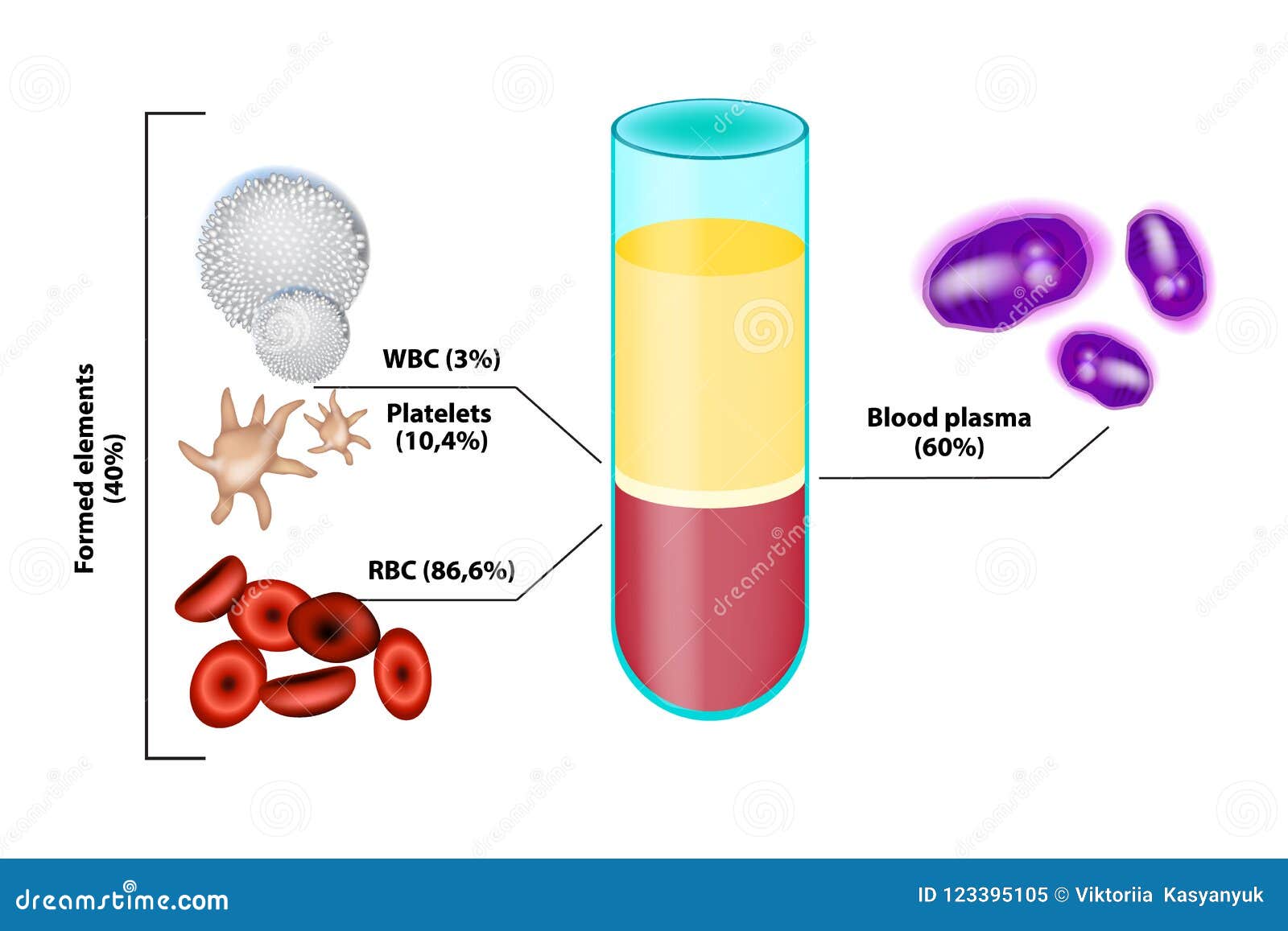 For example, when removing the spleen, various infections, prolonged stress, after surgical interventions, with iron deficiency anemia. In rare cases, thrombocytosis can signal oncology.
For example, when removing the spleen, various infections, prolonged stress, after surgical interventions, with iron deficiency anemia. In rare cases, thrombocytosis can signal oncology.
What are the symptoms of high platelet count and what tests should be done to diagnose it
High platelet count is often an accidental “find” in a child’s blood test, but it is often accompanied by certain symptoms:
• Frequent nosebleeds;
• Redness of the skin;
• Tendency to bruise;
• Pain in the tips of the fingers and toes;
• Numbness, cold feeling in hands and feet;
• High pulse, jumps in blood pressure.
In order to diagnose thrombocytosis, the doctor will order a complete blood count with platelet count and ESR, as well as a serum iron level and a coagulogram. Sometimes other studies may be required.
What treatments are available: drugs, diet, exercise
Therapy is always prescribed by a doctor. After an accurate diagnosis and identification of the causes of thrombocytosis, treatment tactics can be determined.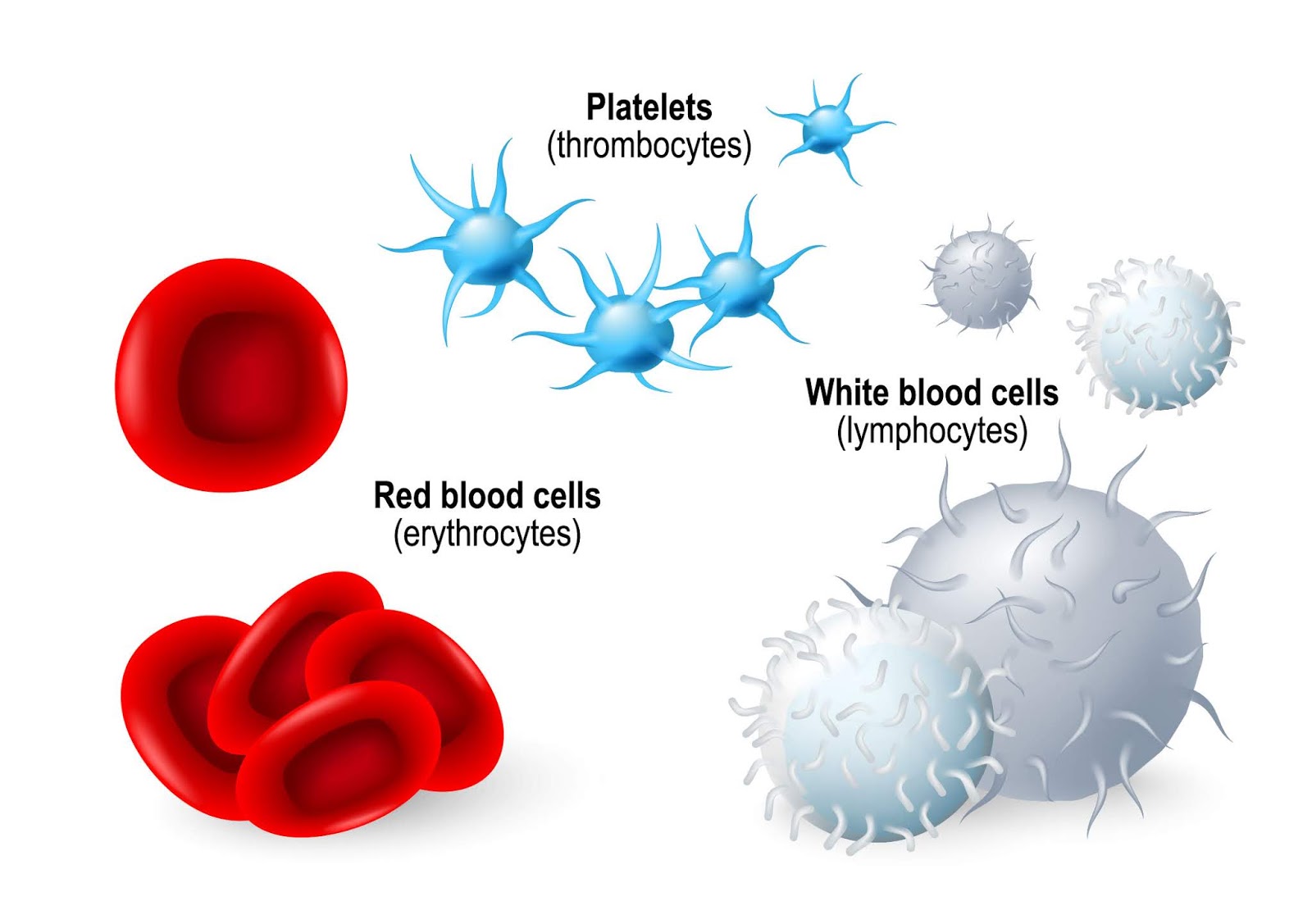 Comorbidities need to be dealt with: platelet levels often naturally return to normal when a child recovers from an infection or recovers from surgery.
Comorbidities need to be dealt with: platelet levels often naturally return to normal when a child recovers from an infection or recovers from surgery.
Cross-legged posture, high heels and frequent hypothermia: what “kills” the joints
To keep the joints healthy, it is important to give up bad habits that have become for many Russians…
April 26 18:23
In other cases, the doctor may prescribe so-called antiplatelet drugs, anticoagulants. The most important thing is to understand the cause of thrombocytosis and not experiment on your own with drugs.
If a child has been diagnosed with thrombocytosis, it is worth working on lifestyle changes: including outdoor walks and physical activity in the schedule, and avoiding stress if possible. It is important that the child consumes enough fluids (primarily water).
Foods that thicken the blood should be excluded from the diet, such as bananas and walnuts. But beets, sour berries, ginger, on the contrary, contribute to the prevention of thrombocytosis.